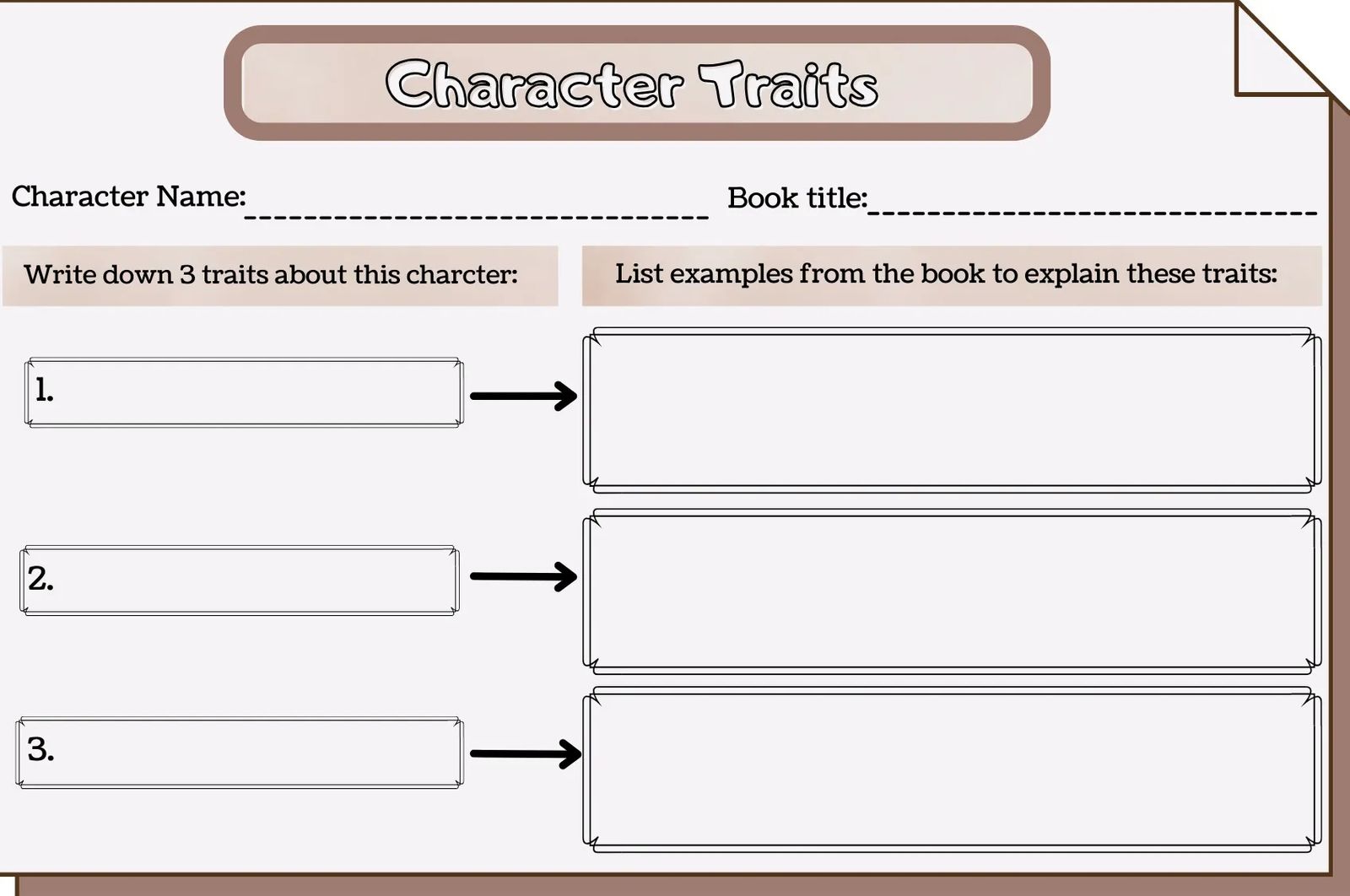
Help—There are Holes in My Narrative!! Here’s a Guide to Filling These Gaps in Your Writing
Published by MM Ryan 9/6/2023
Congratulations, you’ve successfully digitized your work-in-progress! Your computer now holds the essence of your story or book. However, as you explore the landscape of your creation, you notice gaps—missing pieces that need to be filled. Relax-- this is a natural part of the writing process. In this guide, we'll show you how to approach bridging the gaps to complete your masterpiece.
1. Identify the Missing Pieces:
Honestly identify the gaps in your digital manuscript. Are there unfinished chapters, scenes, or character arcs? Are research or world-building details incomplete? Pinpoint the specific areas that need attention, then commit to doing the work.

2. Prioritize Your To-Do List:
Create a prioritized to-do list. Start with the most critical gaps that are vital to the story's progress. Sorting by priority will help you stay focused and productive.
3. Refine Your Outline:
If you don't already have one, create or refine your outline. Outlining can help you visualize your story's structure and pinpoint where the missing pieces fit. It's like building a puzzle; the outline is your picture on the box.
4. Set Realistic Goals:
Now that you have a list and an outline, set achievable goals. Determine how much work you can realistically complete each day or week. Keep these goals manageable to prevent feeling overwhelmed.
5. Create a Writing Routine:
Establish a consistent writing routine. Dedicate time each day or week to work on filling the gaps. Treat this time as sacred; it's when you're building the foundation of your story.
6. Research and Fact-Check:
If your gaps involve research or factual accuracy, make time for this. Is your world-building is consistent and are the real-world details are accurate? This will add depth and credibility to your work.
7. Character Development:
Focus on character development if your story's gaps involve underdeveloped characters. Explore their backgrounds, motivations, and personalities. Understanding your characters will make them more relatable and engaging.

8. Scene Crafting:
For missing scenes or chapters, dive into scene crafting. Use sensory details, dialogue, and pacing to bring your story to life. Don't rush; take the time to make each scene engaging and purposeful.
9. Feedback and Beta Readers:
Consider seeking feedback from beta readers as you fill in the gaps. Their fresh perspective can help you identify areas that may need further attention. Constructive criticism is a valuable tool for improvement.
10. Embrace the Editing Phase:
Once the gaps are filled, don't rush to publish. Embrace the editing phase. Review your manuscript for flow, consistency, and style. Polish your work until it shines.
In Conclusion, bridging the gaps in your manuscript is a journey worth taking on. This is where your creativity thrives, your characters come to life, and your story takes shape. Be patient with yourself and the process, which is the stepping stone to a rich, engaging narrative. Keep writing, keep filling, and soon your creation will be a complete masterpiece ready to share with the world.
Happy writing!
